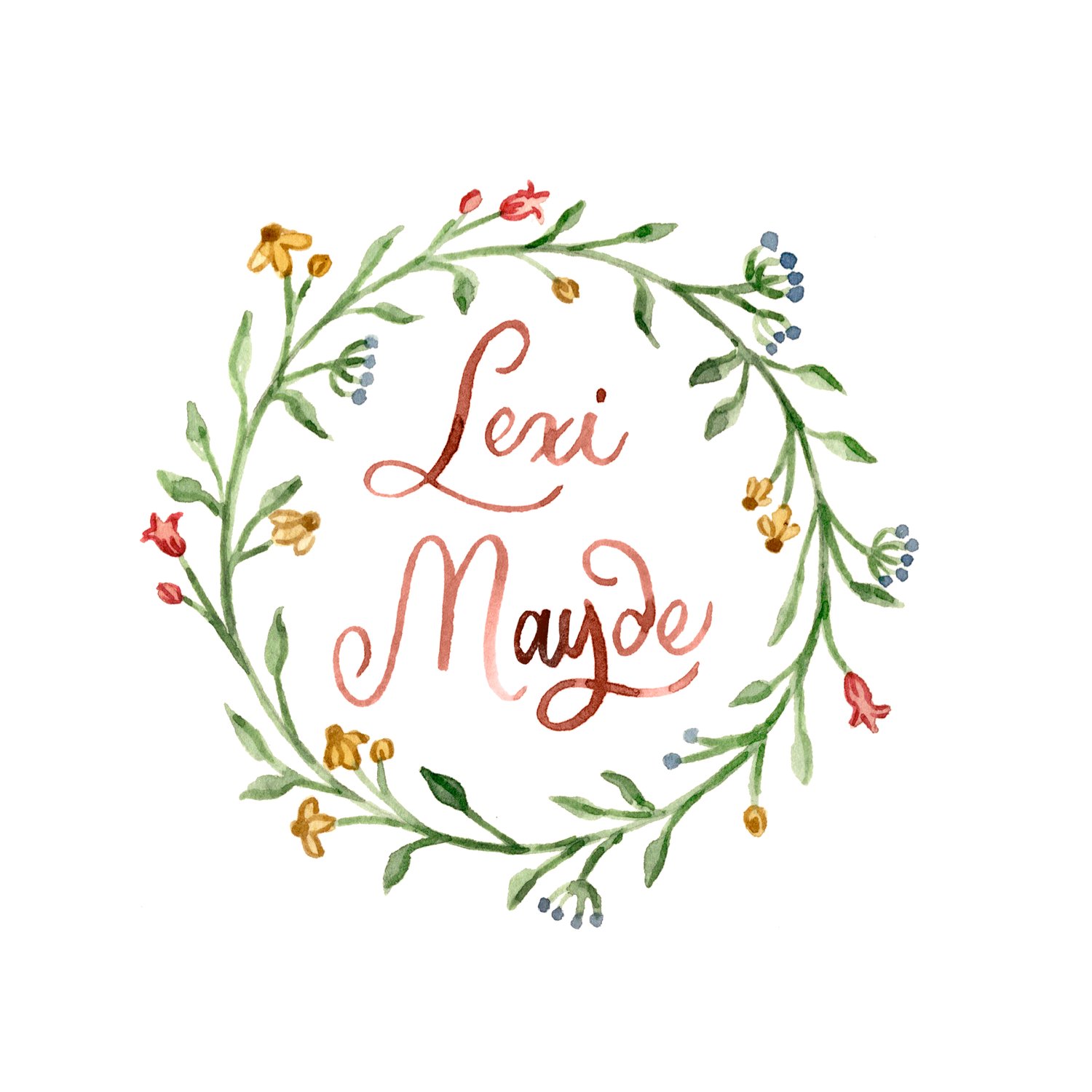All About Envelopes: Why We’re Still Using Inner and Outer Envelopes
Considering using two envelopes to house your wedding invitations? While it may be an old tradition, there are actually several great reasons to employ the inner/outer envelope combo today. Read on to learn why I recommend it to my wedding invitation clients, especially those couples interested in a custom envelope liner!
The Origins of the Double Envelope
The use of an inner and outer envelopes for wedding invitations is a time-tested tradition. The original reason for to double up was simple, and remains relevant today: couples wanted to ensure that their invitations arrived in pristine condition. Let’s just say, we’ve never exactly been able to count on our postal service to be gentle with our mail. Therefore, the invitation would be placed in an outer envelope to protect the contents during delivery. Originally, it was probably dirt from people’s hands and other elements they were worried about, now there’s the added concern of sorting machines that USPS uses, and those can leave a mark!
Why You Should Use Inner and Outer Envelopes for Your Wedding Invitations
In addition to keeping your invitations safe and clean, there are a few other great reasons to consider this practice for your own wedding invitations. Here are some of the benefits of using inner and outer envelopes:
Protect Your Invitations
As I said, protecting the invitations was the original purpose of the inner/outer envelope combo. Wedding invitations are not cheap, and if you’re working with me, a lot of time and effort goes into creating a one-of-a-kind invitation suite that you want your guests to enjoy fully, so it makes sense to do whatever we can to protect them from damage on their way to their destination. Using an outer envelope will not only keep the inner envelope clean, but it’ll add an extra layer of protection for all of the goodies inside!
Add a Personal Touch and/or Clarify Who’s Invited
Using an inner envelope allows you to add a personal touch to your invitations. You don’t need to use full names and titles on the inner envelope. If you’d like, you can use nicknames, like “Kate and Leo” or “Uncle Rob and Aunt Lexi” or even “Mom and Dad.” And the last thing you want when inviting your guests to your wedding is to create confusion. Using inner and outer envelopes can allow you to specify exactly who is invited to the wedding. The outer envelope will have the guests' names and address, while the inner envelope will indicate who is actually invited to the wedding. This can prevent any misunderstandings or confusion about who is invited and who is not.
Indicate Formality
The use of an outer envelope can indicate the level of formality of your wedding. Opening up a double envelope definitely feels special-and that’s exactly what we want for your wedding invitations!
Make it stand out
Let Your Envelope Liners Shine
Last but certainly not least, I love to encourage the use of the inner and outer envelope with the couples I work with who are getting custom envelope liners! These liners are a work of art, and they’re a component of the invitation suite that really wows guests and sets your invitations apart from all of the others they’ve received before.
You absolutely do not want your guests ripping open your envelope and overlooking, or even ruining, the beautiful liner. So one of the advantages of having an outer envelope is that we can then keep the inner envelope unsealed. So once your guests have opened the outer envelope, they simple have to slip out the inner envelope and flip it open to enjoy the envelope liner.
How to Address Inner and Outer Envelopes
Now that you know all about why you should use both an inner and outer envelope, you may be wondering how you’re meant to address the combo. Simply put, the outer envelope will need to have the full guest address on the front, often with titles (though this is up to your personal preference and the level of formality of your event) and a return address on the back (generally, this will be the host’s address. Traditionally that’s the parents of the bride, but many modern couples choose to use their own address). The inner envelope will just display the names of the guests invited.
So, let’s look at some examples of what this means for the front of the inner and outer envelope!
Single Guest
Outer Envelope:
Ms. March
123 Main Street
Concord, Massachusetts
12345
Inner Envelope:
Ms. Josephine March
[or]
Josephine or Jo March
[or]
Josephine or Jo
Single Guest with Plus One
Outer Envelope:
Mr. Potter and Guest
321 Hogwarts Way
Salem, Massachusetts
01923
Inner Envelope:
Mr. Potter and Guest
[or]
Mr. Harry Potter and Guest
[or]
Harry Potter and Guest
Married Couple
Outer Envelope:
Mr. and Mrs. Darcy
33 Austen Avenue
Pemberton, Massachusetts
20394
Inner Envelope:
Mr. and Mrs. Fitzwilliam Darcy
[or]
Mr. Fitzwilliam and Mrs. Elizabeth Darcy
[or]
Fitzwilliam and Elizabeth
[or]
Fitz and Lizzie
Family
Note: Children over 18 should receive their own invitation
Outer Envelope:
The Darling Family
12 Crocodile Circle
Neverland, Massachusetts
20394
Inner Envelope:
Mr. and Mrs. George Darling
Wendy Darling, Michael Darling, and John Darling
[or]
George, Mary, Wendy, Michael, and John Darling
[or]
George, Mary, Wendy, Michael, and John
As you can see, the inner and outer envelope combo, while an old tradition, still holds a lot of magic for modern invitations! So, if you want to make a good impression and set the tone for your wedding, consider using inner and outer envelopes for your custom wedding invitations.


